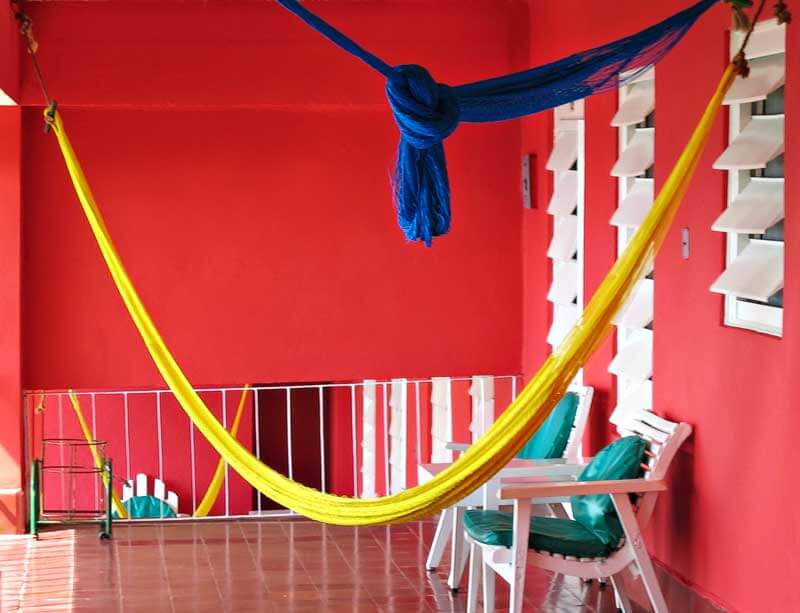Obtaining Correct Exposure: The Substitution Method
Today’s Post by Joe Farace
When using the substitution method, you replace an object within the scene with an object of know reflectance, such as a Kodak Gray Card (or the new Gray Card Plus) and take a reflected-light meter reading from this object. You can substitute objects that match the light reflectance quality of the object in the scene. Don’t have a gray card? Back in the film days I used to take a meter reading of grass (if there was any in the scene) and just open up one stop.

Fifty years ago, a group of investors led by Johnny Weissmuller created a hotel called Los Flamingos that was located on Acapulco’s high cliffs. Areas such as this lanai capture those feelings today and if the porch isn’t 18% gray it’s close enough for a substitute reading of 1/80 sec at f/4.9 at ISO 200.
 Reflected light meters are calibrated to give an accurate exposure when pointed at subject when the reflectivity is somewhere near 18%; the exact value varies and the details are complex with some meters and cameras measuring 12% (the most common) and others at 14%. By placing a Kodak Gray Card in the scene to be photographed and taking a reading off of it with a reflected light meter, the photographer can be assured of consistent exposures but sure be sure to read the fine print instead of just accepting the reading as correct. The instructions packed with the card contain the following advice about adjusting the meter readings taken with the gray card:
Reflected light meters are calibrated to give an accurate exposure when pointed at subject when the reflectivity is somewhere near 18%; the exact value varies and the details are complex with some meters and cameras measuring 12% (the most common) and others at 14%. By placing a Kodak Gray Card in the scene to be photographed and taking a reading off of it with a reflected light meter, the photographer can be assured of consistent exposures but sure be sure to read the fine print instead of just accepting the reading as correct. The instructions packed with the card contain the following advice about adjusting the meter readings taken with the gray card:
- Normal subjects: “Increase the indicated exposure by ½ stop.”
- Light subjects: “for very light subjects decrease exposure by 1/ stop”
- Dark subjects: “If the subjects is dark or very dark increase the indicated exposure by one to one and one-half stops.”



